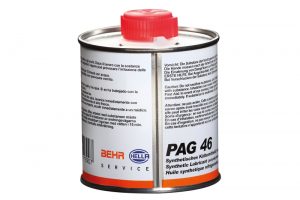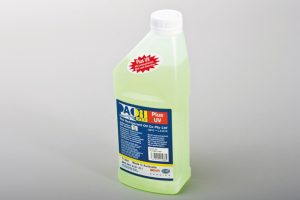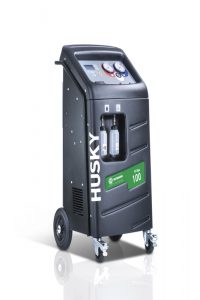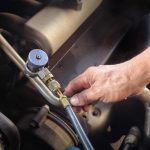A ‘best practice’ approach to air conditioning service will help your business to thrive this summer, as Steve Hudson, Head of Business Development at BEHR HELLA SERVICE explains.
“Added value sales accrue when service technicians take a ‘best practise’ approach to the A/C system as a whole.”
Today, virtually every vehicle presented for routine mechanical servicing or accident repair has been factory-fitted with an air conditioning (A/C) system. In fact, A/C is now such standard equipment that motor factors and technicians alike are passing up significant profit opportunities if they haven’t developed a strategy to maximise associated parts sales when various A/C components have to be
replaced.
Added value sales accrue when service technicians take a ‘best practise’ approach to the A/C system as a whole, not just the principal component that is being changed. For example, it’s a matter of routine for workshops to fit a new tensioner and, perhaps, a new water pump when replacing a timing belt.
However, workshops can reap similar rewards from additional parts sales if they adopt the
same approach when changing A/C components. Just as importantly, from the perspective of satisfying and retaining the customer, you can point to the fully restored efficiency, integrity and reliability of the system as justification for the expense.
How does the A/C system work?
The A/C system is formed by a closed circuit of pipes connecting the various components, with a central compressor circulating the refrigerant through the system. The compressor significantly increases the
temperature of the gaseous refrigerant before it passes to a condenser, through which it is forced under high pressure, causing it to shed heat and condense from gas to liquid.
From the condenser, the refrigerant – still under high pressure – then travels to a receiver drier, which filters out moisture and other contaminants before progressing to a thermo expansion valve or fixed orifice tube which is located just ahead of an evaporator. The pressure of the refrigerant drops as it
enters the evaporator, with cooling taking place as the process of evaporation changes i ts state back to gas from liquid.
ts state back to gas from liquid.
Like the condenser, the evaporator is a large surface area heat ex changer, which distributes the cold from evaporation to the surrounding area before the ‘conditioned air’ is blown from the ventilation system into the interior of the vehicle. The refrigerant then returns to the compressor for the process to
start again. When a fixed orifice tube is insitu there is a suction accumulator placed on the low side of the circuit and the receiver drier isn’t part of the vehicle A/C system.
Additional sale
All through the process, every part in the system represents a potential additional sale. When replacing the compressor for ex ample, look at the receiver dryer and the thermo expansion valve as well and don’t overlook all the associated ‘O’ rings, oil, dye and flushing fluid commodities. The same thoughts apply when replacing the condenser.
Every second year the receiver drier/suction accumulator should be replaced anyway and if you change any other component and open the A/C system to atmosphere in the interim, a new receiver drier/suction accumulator should certainly be fitted due to moisture going in to the system.
Stations ready
Naturally, in order to undertake service and repair work on an A/C system, technicians need to use a high quality A/C service station, which is where our sister company HELLA GUTMANN SOLUTIONS steps in. Its comprehensive ‘Husky ’ range of mobile A/C service stations for both R134a and R1234yf
refrigerants prov ide s the essential solution for all conventional, hybrid and electric vehicles.
s the essential solution for all conventional, hybrid and electric vehicles.
The compact, entry level Husky 150 is designed for easy three step operation, but still incorporates several features commonly found on more costly units. Also for R134a refrigerant, the Husky 300 is a fully automatic station boasting leak detection, hermetically sealed oil/UV management and POE filling system functions, among other advanced features.
The range topping fully automatic Husky 3000 and Husky 3500 service stations incorporate the latest technology and industry leading features relevant to R1234yf refrigerant A/C systems, such as high
precision filling, leak detection and refrigerant analysis functions, plus an integrated print-out facility to communicate results directly with the customer.










